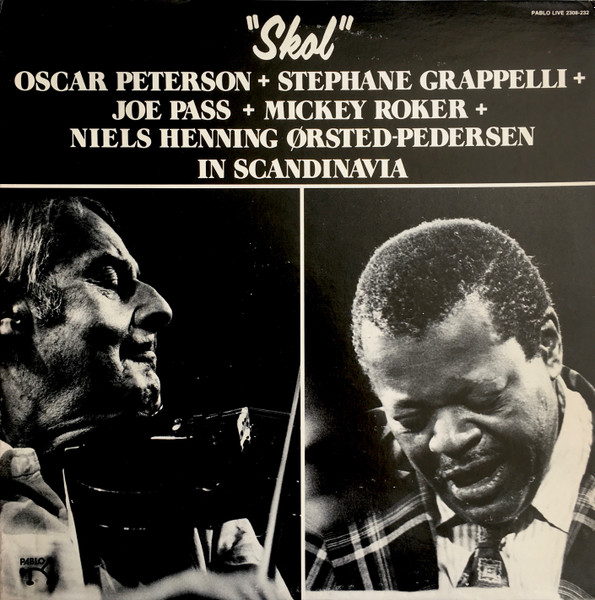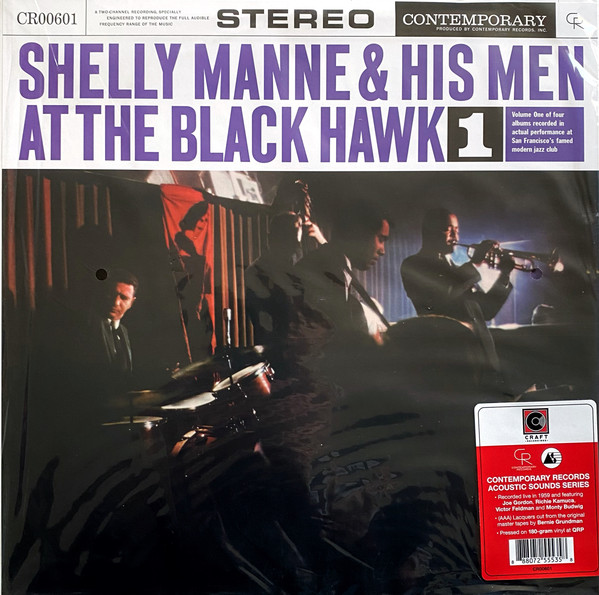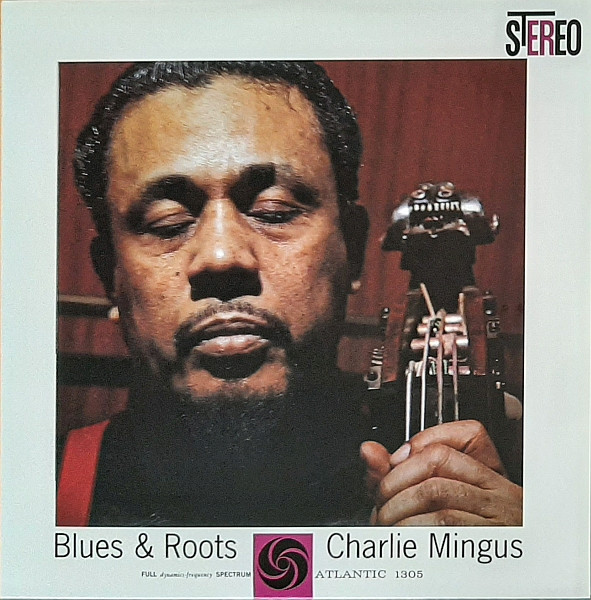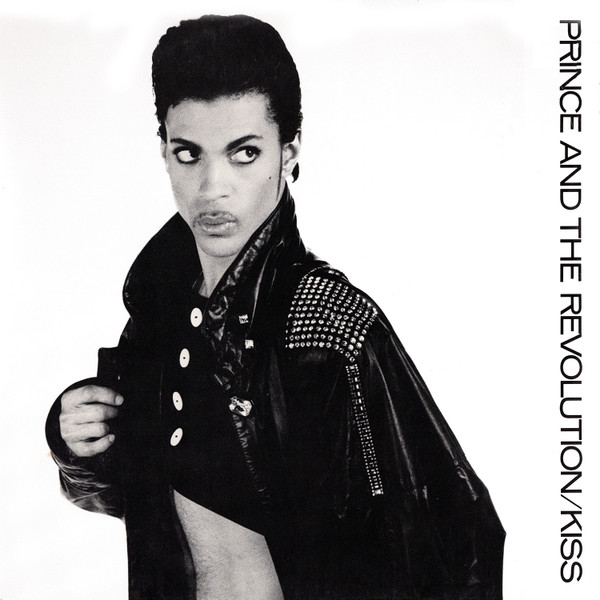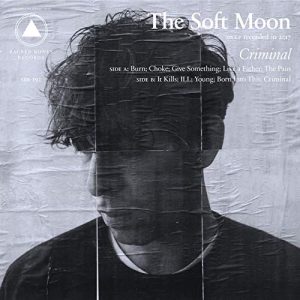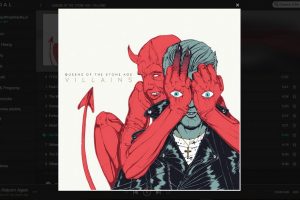That's one small step for MoFi, one giant leap for mankind.
Yes, Fragile. Mobile Fidelity Sound Lab, Atlantic – UD1S 2-012, Limited Edition, SuperVinyl, Box Set (2019, Dec.), # 4164 of 7500. Originally released on Atlantic, 2401019 (1971, Nov.)
Ratings
- Global Appreciation: 9.7
- Music: A+ (9.9)
- Recording: 9.5
- Remastering + Lacquer Cutting: 9.6
- Pressing: 9.9
- Packaging: Deluxe
Category: prog rock.
Format: Vinyl (2x180 gram LPs at 45 rpm).
Musicians
- Jon Anderson – vocals.
- Steve Howe – electric, acoustic guitar, vocals.
- Chris Squire – bass guitar, vocals.
- Rick Wakeman – organ, grand piano, electric piano, harpsichord, mellotron, synthesizer.
- Bill Bruford – drums and percussion.
Additional credits
- Produced by Yes and Eddy Offord
- Recorded August to September, 1971 at Advision Studios, London, England.
- Engineered by Eddy Offord and assisted by Gary Martin.
- Remastered and lacquer cut by Krieg Wunderlich at Mobile Fidelity Sound Lab in Sebastopol, CA.
- Plated and Pressed by RTI, CA, USA.
- Illustration, sleeve drawings, and photography by Roger Dean and David Wright.
YES, life on planet earth is fragile, and more than ever, it is sinking—both figuratively and literally—into the global psyche, artfully projected through Roger Dean's illustrations. In contrast, MoFi has demonstrated multiple times that their UltraDisk 'One-Step' process is a resoundingly robust remastering success. According to the catalogue number this would indicate that it is MoFi's 12th UD1S release, right after their outstanding Monk masterpiece (see my evaluation here HERE). A brief browse on Discogs' database shows that like most classic albums from the 1970s, there is certainly no shortage of reissues for this title. So, why go to great lengths to add yet another one you may ask? Let's find out...
Formed in 1968, they released their self-titled debut (Atlantic 588 190) in July 1969, with their second LP—Time and a Word (Atlantic 2400 006)—emerging exactly one year later with Anderson, Squire, and Bruford present from the get-go, plus Tony Kaye and Peter Banks completing the London quintet.
The latter was replaced by Howe on their third LP, The Yes Album (Atlantic 2400 101 (UK) or SD-8283 (Can.)) in February 1971, whereas Wakeman from the Strawbs, took over from Kaye starting on Fragile.
This held up until Tales from Topographic Oceans (Atlantic K 80001), as Alan White replaced Bruford who joined King Crimson on the brutally explosive Larks' Tongues in Aspic (Island Records ILPS 9230) in March 1973. Simple, right?
Released in November 1971, Fragile is the formation's fourth LP. It is not surprising that MoFi chose it as their first—and perhaps only—Yes 'One-Step' release. Considered by many to be the band's breakthrough and best effort in terms of concise compositions and group chemistry, it certainly remains their most popular album given the inclusion of the opening track "Roundabout," which was also released as an edited seven-inch single in 1972—not a common nor practical format in the progressive sphere. This song in particular rekindles my first foray into prog territory—a precursor for future progressive adventures with Genesis, King Crimson, and ELP riding by my side. Yes also had a significant influence—along with Led Zep's blues-based rock—on progressive power trio Rush, during its formative and middle period. Both bands belting out highly complex song structures with odd time signatures, including stratospheric countertenor vocals. The pair were not only progressive, but prog rock as well; i.e. they could rock as much in studio as in concert.
Assisted by Gary Martin, engineer and co-producer Eddy Offord—who did wonderful work with ELP on their first four albums—recorded the band from August through September 1971 with rehearsals starting in late July at the new Advision Studios in London, England; the older Advision being one of the first to own a 2-inch 16-track Ampex tape deck.
Switching locations from 83 Bond Street to 23 Gosfield Street, the new avenue came with a custom-made 24-channel mixing board built by engineer Dag Fellner. The main room provided the right ratio of 'live and dead' acoustics, plus adjacent smaller rooms for instrument isolation such as Squire's bass cab and amp. They laid down the basic instrumental tracks of drums, bass, and the guitar guide track—which gets discarded by the end of the tracking—followed by Anderson's vocals, and finally the backing vocals from the other members; all double-tracked, and recorded separately using Neumann U64s. Longer pieces were built and assembled in sections, with Offord surgically splicing, editing, and EQ'ing to attain perfection. Being limited by the 16-track tape meant that certain instrument parts had to be split or shared between channels intermittently to maximize the musical complexity the quintet aspired to.
Regarding "Roundabout," the intro is quite special by having a reverse SFX consisting of a crescendo created from Wakeman hitting a two-octave E minor chord on his piano played backwards by reversing the tape reel direction. This is followed by Howe's delicate string plucking on his 1953 Martin 00-18 acoustic guitar captured by a pair of AKG C28s nuvistor tube mics angled at 45 degrees, followed once more by backward piano but this time hitting a C major chord. A second acoustic guitar run is heard leading into the main electrified riff. This and other sections give out a funky feel to the song due in large part to Squire searching to inject some sort of Sly and the Family Stone sauce à la "Dance to the Music" into what is genuinely considered a white musical monopoly. Howe used his 1961 blonde electric Gibson ES-5 Switchmaster throughout. During the ballad section towards the end, Wakeman plays a Hammond C3 organ overdubbed by a flute-sounding Mellotron which was very popular in prog during that period. The outro mimics the intro's strings but ends on an A-flat chord.
The aforementioned single's B-side featured the second most popular track taken from the album–"Long Distance Runaround"—which shortly follows the 35 second highly syncopated instrumental "Five Percent for Nothing." Composed by Bruford, its title made a mockery of their management that took five percent off for—according to them—basically doing nothing. Coming up a bit short on group compositions, each member specifically contributed to an individual song. Anderson performed all the vocal tracks and overdubs on "We Have Heaven." Howe's acoustic guitar playing is otherworldly on the instrumental solo "Mood for a Day." The charming piece mixes baroque with flamenco—influencing perhaps the guitar intro to Babe Ruth's "The Mexican" from First Base (Harvest, EMI SHSP 4022). Finally the closing track "Heart of the Sunrise" closely resembles certain parts of King Crimson's "21st Century Schizoid Man" from In the Court of the Crimson King released two years prior. In fact it was the first song they worked on suggested by Squire's admiration for the heavy complex riff. All nine tracks are excellent, the true test of a timeless album.
I don't have the original UK Atlantic pressing to compare with but I do have the first Canadian "Kinney Music" pressing from 1972 which sounds fairly-good with lots of exciting presence, bass articulation, and guitar bite, but shows some compression plus an ascending tonal balance. This results in a lack of low end weight, with overemphasized brightness, and shows mild confusion and distortion in the treble. Despite its faults I preferred it to the 2006 Analogue Productions 180g reissue (AAPP 7211) remastered by Kevin Gray and Steve Hoffman at AcousTech Mastering. Followers of this List know I usually have high praise for this remastering duo but on this one, I found the sound too warm, soft, dry, and uninvolving—deadening to some extent the acoustic guitar's string sustain. Gray, this time solo, did a second remastering-cutting at Cohearent Audio in 2016 which I briefly heard and found a bit brighter and analytic compared with the previously mentioned AP—an exception to the rule regarding his usual warm organic sound.
At last we get to the 2019 MoFi UD1S which is unfortunately sold out but can still be found in the vast vinyl market in Mint to NM condition starting at 225 USD as of this writing. The deluxe packaging follows MoFi's usual UD1S presentation which some appreciate, while others find very cumbersome when retracting a record, and its large shelf space footprint. I've covered in minute detail these box design aspects as well as the 'One-Step' process in several past articles so I won't revisit them here.
I'll just mention that in addition to a rigid paper gatefold of the original cover, they've included a very faithful reproduction of the original eight page booklet bearing two illustrations by Roger Dean, and band photos on the inside.
My copy is #4164 out of a total of 7500 units, which supposes perhaps 15 lacquer cutting runs per side when adhering to the 500 pressing maximum per convert. Krieg Wunderlich remastered and cut it—he is often assisted on these 'One-Steps' but is sole credited on this release. In the dead wax of my sides is inscribed KW@MoFi' plus A10; B7; C8(or C3?); and D4 respectively. All four sides were visually perfect, glossy, and black, though when held up to the light you can still see through it. RTI's pressing on their NEOTHECH developed SuperVinyl formula was very close to dead silent throughout the whole album.
Now on to side A and the first seconds into this nostalgic voyage. Here, there is no way "around it," we are totally in another universe. The sound of the beast is incredibly big and ballsy, with Bruford's bass drum and Squire's 1964 RM1999/4001S Rickenbacker bass taking center stage. Because of Wunderlich's choice of EQ, the Ricken' is fatter-sounding than what we are accustomed to from this particular bass model—more so for Squire's own given that he had it paint-stripped and sanded many times reducing its weight and sharpening its grunty sound. That, plus using a pick, fret buzzing, and the many other personal playing styles that produce the signature "Squire sound." It is certainly not unpleasant, but some Yes fans may question the result when judged against previous releases. Bruford's bass drum leans certainly on the heavy side slowing down things just a tad, but better to have a bit too much than sounding too lean in my view. Again to nitpick to the nth degree, I find there is a smidgen reduction of air in the topmost treble—on the hi-hat overtones as an example—for what I expected from a 'One-Step' pressing, and in comparison with my seven remaining UD1S titles.
"Mood for a Day" is mic'd to perfection, and simply spectacularly sounding. Yes it is exaggeratedly big with the soundstage spreading wall-to-wall; you can hear each string resonate in space and time, even his delicate breath between plucking can be heard as if you are the guitar—definitely the sonic highlight of this MoFi remastering. Wunderlich maintained a terrific uniformity in the sound. Every track was tonally and dynamically well balanced with hefty lows, low distortion, no ear fatigue, and impressive dimensions in soundstage.
Finally where does it fall in relation to my other UD1S? I would place it about in the middle of the pack. It doesn't display the ultra-fine finesse, air, and transparency that the Monk and Marvin Gaye have in spades, nor the incredible bass articulation and speed that the Evans' Village Vanguard has, but it surpasses largely the Mingus in bass quantity, and the Evans' Portrait in presence. Probably equal to the Santana but quite different sounding with the latter more high frequency detailed, and musically-rich because of the strong Latin flavor favoring percussive instruments.
So, to go back to our rhetorical question from the beginning...
We are currently entering the 50 year mark regarding the recording sessions for Fragile, and soon approaching the 50 year anniversary of the original UK release of this iconic prog album. Despite the extremely minor criticism I indicated above, I do not expect in the foreseeable future that this latest version by MoFi will be superseded by any others given that it is a double 45 rpm utilizing the 'One-Step' process, pressed at RTI, and executed by one of the very top remastering disc cutting engineers out there.
...YES! We absolutely needed this one.
For more from Claude Lemaire go to his blog...
http://soundevaluations.blogspot.ca/





























